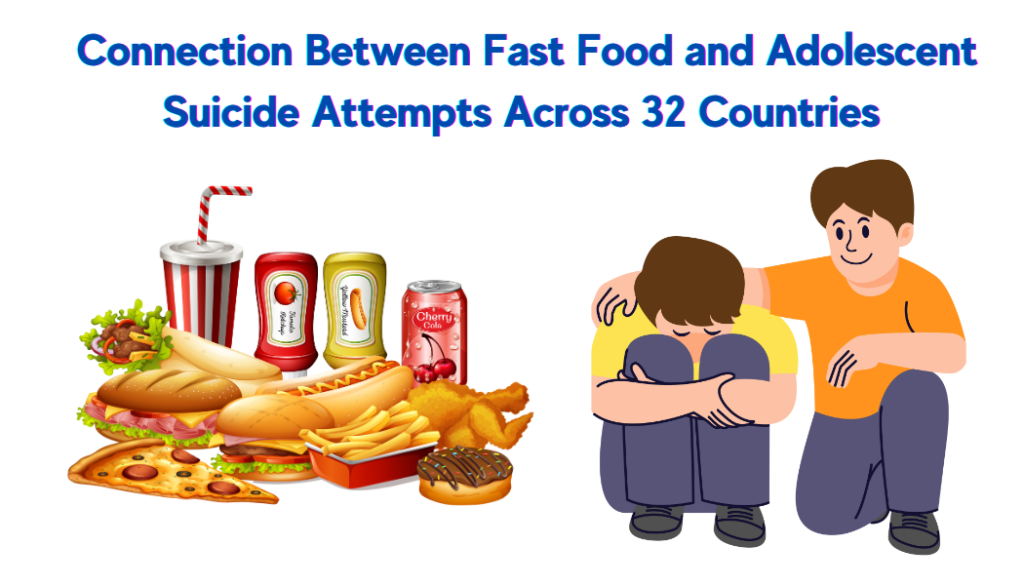A new study sheds light on the potential link between prenatal exposure to certain metals and gut microbiome composition, and the risk of childhood depression. Published in Science of the Total Environment, this research explores how these environmental factors may influence mental health in children aged 9 to 11. The study, led by researchers from Icahn School of Medicine at Mount Sinai in collaboration with Mexican public health institutions, is among the first to examine how prenatal metal exposure and gut microbiome interact to affect childhood depression symptoms.
Background
Childhood depression is a growing concern, affecting millions of children worldwide. The causes of childhood depression are complex and multifaceted, often involving genetic, environmental, and social factors. While previous research has suggested links between prenatal metal exposures and changes in the gut microbiome, their combined effect on childhood mental health had not been thoroughly studied.
This study aimed to address that gap by focusing on a cohort of children from Mexico City who were part of the PROGRESS (Programming Research in Obesity, Growth, Environment, and Social Stressors) study. Researchers examined how exposure to certain metals during pregnancy might influence gut microbiome composition and how these factors are related to depression scores in children.
The Role of Metals and Microbiome in Depression
Prenatal exposure to metals such as zinc (Zn), cobalt (Co), and lead (Pb) has long been studied for their effects on development. However, the role of gut microbiome—a community of microorganisms residing in our intestines—has only recently been recognized for its impact on mental health. The gut-brain axis, a complex communication network between the gut and the brain, is thought to play a critical role in mood regulation.
Gut bacteria such as Bacteroides fragilis and Faecalibacterium prausnitzii, which were highlighted in the study, are believed to produce substances that affect brain function and behavior. For instance, these bacteria are involved in the production of short-chain fatty acids, which can reduce inflammation—a factor commonly associated with depression.
Study Methodology
The research team employed an innovative machine learning approach called the Microbial and Chemical Exposure Analysis (MiCxA) to assess the interactive effects of prenatal metal exposure and childhood gut microbial composition. The MiCxA method allows researchers to identify subgroups of children with specific combinations of metal exposures and microbial signatures that are associated with higher depression scores.
Eleven metal exposures were measured from maternal blood samples during the second and third trimesters of pregnancy, including zinc, cobalt, lead, and cadmium. At the age of 9 to 11, children provided stool samples for gut microbiome analysis, and their depression symptoms were assessed using the Child Depression Index (CDI).
Key Findings
One of the most significant findings was the identification of a specific group of children (11.6% of the sample) who had a combination of high prenatal zinc exposure during the second trimester, low cobalt exposure in the third trimester, and higher-than-average abundances of Bacteroides fragilis and Faecalibacterium prausnitzii in their gut microbiome. This group had depression scores that were 15.4% higher than the rest of the study population.
The study found that individual exposures, like high zinc levels in the second trimester, were linked to increased depression scores, while low cobalt levels in the third trimester were associated with lower scores. However, the most significant results came from the combined effects of multiple metals and microbial components. The researchers noted that the interactions between the metals and microbes appeared to have a non-linear effect on childhood depression, meaning that different combinations of exposures could lead to different outcomes.
Implications for Public Health
This study adds to the growing body of evidence that environmental exposures during pregnancy can have lasting effects on children’s mental health. It highlights the importance of considering not just individual exposures, but the combined effects of multiple environmental factors on health outcomes.
The researchers suggest that identifying children who are most at risk based on their prenatal exposures and microbiome composition could help guide early interventions. For instance, efforts to reduce harmful metal exposures during pregnancy could be a critical step in preventing childhood depression. Additionally, targeting the gut microbiome through diet or probiotics may offer new avenues for mental health treatment in children.
Future Directions
While this study provides valuable insights, the researchers caution that more work is needed to fully understand the relationship between prenatal exposures, gut microbiome, and mental health. One of the limitations of the study is its relatively small sample size. The authors also note that because the depression and microbiome data were collected at the same time, it is difficult to determine whether changes in the gut microbiome caused the increase in depression symptoms or if the depression led to changes in the microbiome.
The research team calls for further studies that follow children over time to track how these factors evolve and interact. They also emphasize the need for larger studies that include other environmental exposures, such as diet and stress, to better understand their role in shaping the gut microbiome and mental health.
Conclusion
This study presents an exciting new approach to understanding how prenatal metal exposures and the gut microbiome contribute to childhood depression. By using advanced machine learning techniques, the researchers were able to identify specific groups of children who are at higher risk of depression based on their environmental exposures and microbiome composition. These findings could pave the way for new strategies to prevent and treat mental health disorders in children, emphasizing the importance of early interventions during pregnancy and childhood.
For parents and healthcare providers, this study underscores the importance of monitoring environmental exposures during pregnancy and recognizing the role that gut health may play in mental well-being. With further research, it may be possible to develop personalized treatments that address both environmental and biological factors to improve mental health outcomes for children.
This research is part of a broader effort to explore the “exposome”—the totality of environmental exposures a person experiences throughout their life—and how it influences health. As scientists continue to unravel the complex interactions between environment, microbiome, and mental health, studies like this one bring us closer to understanding the root causes of childhood depression and how to effectively address them.




